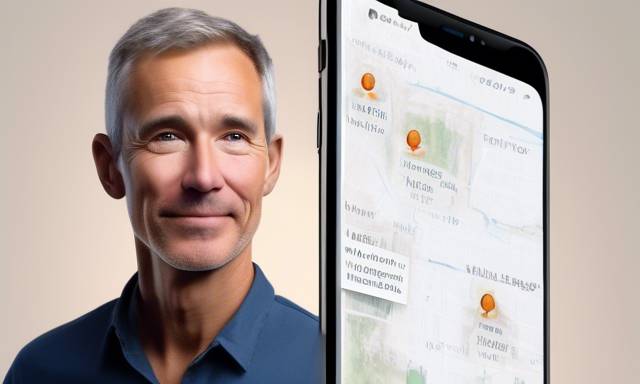When Communication Fails: How Satellite Technology is Changing the Game in Crisis Situations
Imagine a category-five hurricane sweep through your town, knocking out power and cellular service for hundreds of thousands of people. You’re cut off from the world, wondering if your loved ones are okay. But wait! If you have the latest iPhone, you can still send a message via satellite. That’s the incredible new feature from Apple, and it’s just one example of how technology can come to the rescue when we need it the most.
Key Takeaways
- Apple’s new satellite messaging feature in iOS 18 is a game-changer for emergency communication.
- In areas affected by disasters, like Hurricane Helene in North Carolina, satellite tech becomes essential.
- Companies like Starlink are stepping up to provide internet access in crisis zones.
- Community organizations are actively working to deliver communication tools to those in need.
Let’s take a closer look at the role of technology, particularly satellite messaging and calls, in times of crisis.
The Power of Satellite Communication
So, what does this revolutionary feature mean for those affected by disasters? When cellular and WiFi networks go down—like during recent severe weather events—satellite technology steps in. It allows people to communicate through satellites revolving around the planet rather than relying on ground-based towers and routers. This means, in emergencies like Hurricane Helene, people can keep in touch with their families and authorities even when all seems lost. How cool is that?
I mean, think back a few years—smoking phones, spotty service—people were often left clueless about their loved ones in times of crisis. But now, if you’ve got a newer iPhone, you can connect simply and effectively through satellite messaging. It’s literally saving lives. A guy named Matt from Asheville tweeted about how he was "never more thankful to be an iPhone user." That sentiment resonates deeply—especially in such distressing scenarios.
Enter Elon Musk and Starlink
Let’s talk about another major player in this space: Elon Musk’s Starlink. Their satellite terminals are being deployed to offer high-speed internet in disaster areas. Think about it—a massive storm hits, and within days, people are back online, accessing crucial updates and communicating with loved ones. This tech isn’t just about convenience; it’s about survival and maintaining connections when it matters most.
Starlink is providing terminals and paying for unlimited data plans for those in desperate need. Organizations like the Y’all Group are stepping up to airlift communication hardware to affected areas. It’s like the tech world is stepping in with superhero capes, don’t you think?
The Bigger Picture: Understanding Demand and Innovation
But here’s where it gets really interesting—these technologies highlight a growing demand for reliable communication during crises. Natural disasters are becoming more frequent, and the need for innovation in communication technology is becoming critical. Investors might want to keep an eye on this trend.
Considering the rapid changes in how we connect, here are some practical tips for potential investors:
- Stay informed, not just about the current tech landscape, but about how companies like Apple and Starlink are integrating their services into emergency relief strategies.
- Look for companies that pivot or innovate in response to real-world problems. The tech industry is all about agility!
- Invest in community-focused tech. Those who are actively enhancing crisis-response services via innovative technology are likely to grow in importance and financial stability.
As a millennial crypto analyst, I often ponder how these advancements might intertwine with the crypto space. For example, imagine blockchain technologies facilitating transparent donations to organizations like the Y’all Group to ensure quicker aid delivery. Collectively, these dynamics demonstrate that technology is not just a tool—it’s a lifeline.
Emotional Clarity: Our Common Humanity
Of course, in conversations about tech, it’s easy to get lost in the numbers and projections. But let’s not forget the emotional element. The stories from people like Matt from Asheville are about far more than just smartphones and satellites. They remind us that, at our core, we’re linked through shared experiences and the need for connection, especially during tumultuous times.
We’ve seen the best and worst of humanity in emergencies, right? The volunteers rushing in to help, the strangers becoming friends, and the palpable sense of unity that arises in moments of crisis. That’s where tech meets humanity—and that intersection is where the real magic happens.
Final Thoughts: The Future is Now
In conclusion, while the landscape of communication technology evolves rapidly, we must recognize the profound impact it has on lives during emergencies. It’s not just about fancy gadgets; it’s about community survival and connection. So, as we stay informed and consider potential investments, let’s reflect on this question:
How can we leverage technology not just for profit but to also enhance our collective resilience in the face of adversity?
It’s worth pondering as we move forward in a world where tech can be both a game-changer and a life-saver.





 By
By
 By
By

 By
By
 By
By
 By
By